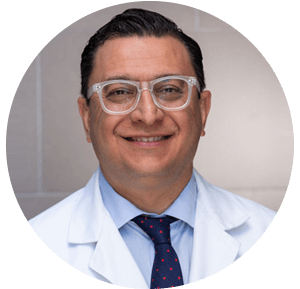Fat Pad Augmentation
With time and age, the fat pad on the bottom of our feet begins to lose its thickness and resilience. Most of the time it is the pain at the ball of the foot from loss of natural padding that we experience discomfort while walking barefoot or in foot wears.
Who can benefit from fat pad augmentation in Los Angeles?
Athletes and Dancers
Those who are actively moving and on their feet increases pressure strain in the heels or the ball of the foot.The fatty tissue on the ball of your foot is there to absorb shock, but can wear out over time.
Flat Feet and High Heel Lovers
A high arch or flat feet, either of which places abnormal pressure across your metatarsals. The cost of wearing ill-fitting shoes and high heels for long periods can cause more foot problems than just pressure on the ball of your foot.
Patient with Hammertoe
Hammertoe affects how weight is distributed across your foot. Fat pad augmentation in Los Angeles can add natural fat back into areas where the weight is shifted from to balance the bottom of your foot.
Patients with Diabetes
Patients with diabetic foot ulcers experience an inability to perform daily functional activities such as walking or jumping. While traditional treatment options include pads and shoe insoles are beneficial, DrJamshidinia recommends his Los Angeles patients to surgically address the problem by placing a piece of graft in the subcutaneous space to eliminate the pain entirely.
Graft Jacket Fat Pad Augmentation Procedure in Los Angeles
- Dr. Jamshidinia will perform clinical measurements using diagnostic ultrasounds to establish the graft thickness. He will then mark the desired position of the graft on the foot.
- Using a blunt and sharp dissection, Dr. Jamshidinia will create the desired sized pocket in the deep subcutaneous tissue.
- Depending on the thickness needed, Dr. Jamshidina uses a regenerative tissue matrix typically from .45 mm to 2.0 mm. The dimensions of the allograft depend on the size of the area in which you will be inserting the graft.
- A needle is used to pass the suture from the open incision through the subcutaneous tunnel and out of the skin at the far end of the desired graft location.
- A blunt instrument is used to help tie the two ends of absorbable suture on the outside of the foot anchoring the graft.
- Dr. Jamshidinia will cut the absorbable suture ends flush with the skin at the second post-operative visit. The graft ends are palpable and you can feel the cushion and grafts as you are able to walk for about 6 weeks.
- By the sixth post-operative week, you should be back to most normal activities with complete graft integration by 12 weeks.



